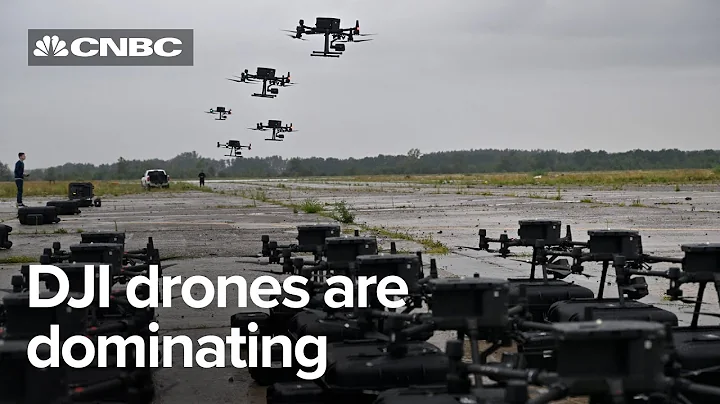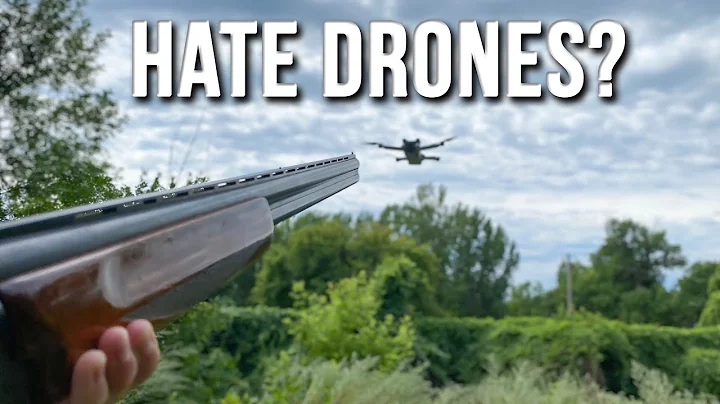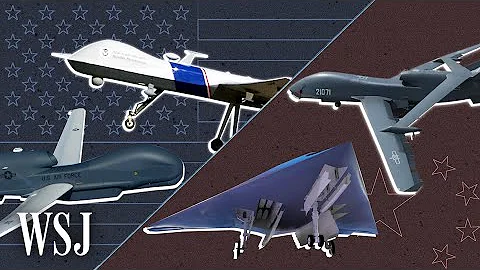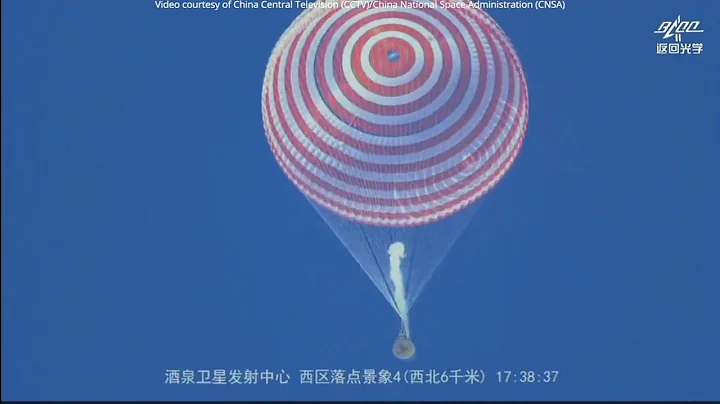A research and development team from Shenzhen, my country, said that there has been a breakthrough in radar technology. This progress enables commercial drones to capture high-definition images that only military drones could previously capture. It is reported that researchers installed synthetic aperture radar (SAR) on a commercial drone and captured high-definition images during the test flight.

For the first time, even consumer drones can use powerful high-definition microwave radar
In the past, such powerful radar systems were only available for military drones because the technology was large, complex, and power-hungry huge. Professor Huang, chief scientist of the project at Shenzhen University , said the team's new device is a "disruptive technology." He said: "In addition to drones, can also be promoted and applied to other fields, such as smart driving, smart logistics, smart cities, emergency disaster relief, etc., to better serve the national economy and people's livelihood."
Most civilian drones are used Optical cameras or laser sensors can only be flown in clear weather with good visibility . UAVs equipped with microwave radar can also see at night and can work in almost all weather, including rainy days, haze days and even under smoke.
SAR can also identify material properties, moisture, and other high-value information that is not obvious in optical imaging. However, in order to obtain detailed images, radar equipment usually needs to collect, analyze and transmit a large amount of data, which makes its system bulky, costly and energy-consuming, greatly limiting its application.
About 8 years ago, When Professor Huang's team proposed a new microwave radar technology called 1-bit SAR, some experts thought it would never succeed. The key to the new technology of lies in a disruptive imaging scheme, which uses 1-bit quantization or data compression of analog signals through non-linear mapping. This means mathematically converting complex 2D radar images into 1D curves.

Without affecting the image quality, this algorithm significantly reduces the size, complexity and power consumption of SAR images. Professor Huang's team is not the first to propose this idea, but previous attempts have not reached the practical application stage because key information will be lost during the conversion process.
researchers said that due to the limitations of electronic equipment, the performance of traditional SAR has almost reached its limit after half a century of development. They said that 1-bit SAR technology has opened another track, which is expected to realize low-cost, lightweight, high-performance high-speed radar targets and play a huge role in detection, tracking, imaging and identification. A member of the team said that this new technology is particularly useful for applications with limited resources. "At the same resolution, the amount of data may be reduced by more than 50%."
In addition to China, all parts of the world are competing Developing powerful radars for small drones. For example, the U.S. MQ-8 "Fire Scout" unmanned helicopter carries a radar weighing less than 30 kilograms. A research team at MIT Lincoln Laboratory said in a 2018 paper that they had developed a radar that weighed less than 1 kilogram and could be carried by a manually launched drone.





















